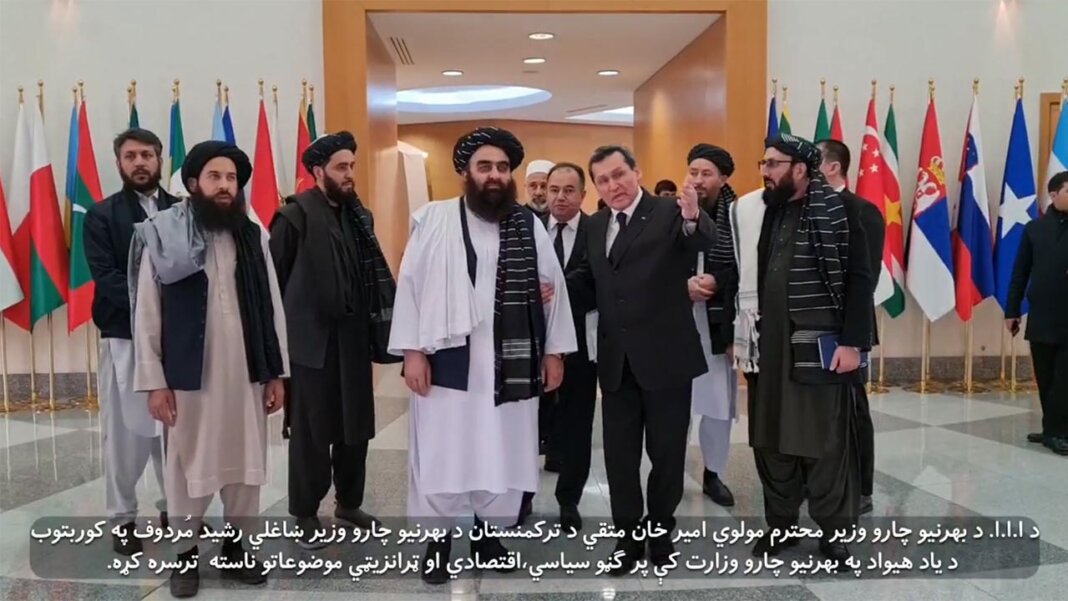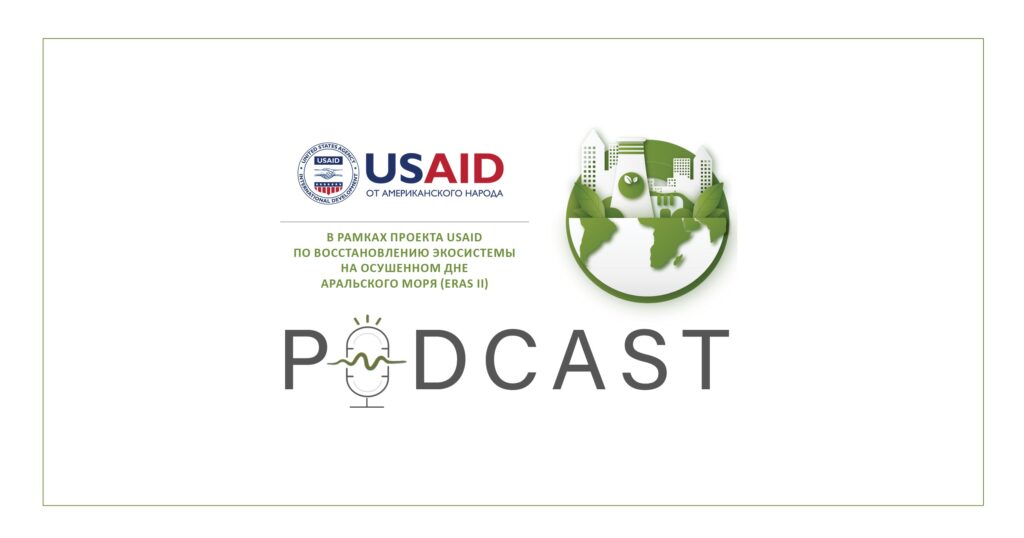
Afghanistan’s Ministry of Energy and Water Resources reported that the reconstruction of the Kamal Khan Dam, along with the hydroelectric power station and reservoir, is 99% complete, and the hydraulic structure will soon be put into operation.
As Matiullah Obid, spokesman for the Afghan Ministry of Energy and Water Resources, told TOLOnews, the reservoir formed by the dam is capable of holding 52 million cubic meters of water, the hydroelectric power station can generate six megawatts of electricity and irrigate more than 174,000 hectares of agricultural land.
“The Kamal Khan Dam project, located in Nimroz province, is one of the significant projects of the Ministry of Energy and Water Resources, the work of which is 99% completed,” he said.
The Afghan Chamber of Agriculture and Livestock recognizes that dams play an important role in irrigating agricultural lands. The department emphasizes that with proper management of water resources, Afghanistan can turn from an importing country into an exporting country.
“The Kamal Khan Dam is a very good achievement. And along with the Kushtepa canal, Shah and Arus dams, we propose to the government to control and create the Kunar dam, because water in Afghanistan is valuable and Afghanistan is an agricultural country,” said Mirwais Khojizoda, deputy head of the Chamber.
Some experts, noting the importance of building diversion dams in the country, insist on increasing investment in dam construction and water management.
“The construction of dams is very important not only for generating hydroelectricity, but also because they protect us from the danger of drought,” says water management expert Najibullah Sadid.
Helmand water shared with Iran
Earlier, the Ministry of Energy and Water Resources of Afghanistan announced the implementation of more than 300 water conservation and water storage projects in the country this year.
Last month, when the Kamal Khan reservoir reached its design level, Afghanistan released excess water to neighboring Iran.
Iran’s rights to water from the Helmand River, which is blocked by the Kamal Khan Dam, have been a persistent demand of Iranian authorities in Afghanistan, leading to increased tensions between Kabul and Tehran in recent years.
“We continue our efforts to replenish water supplies in Afghanistan and meet our obligations to Iran. Discharging water is the right decision,” Zabihullah Mujahid, a spokesman for the Taliban government, said in an interview with TOLOnews.
However, villagers in Nimroz noted at the time that they were the ones who had been hit hard by the recent drought and should prioritize water supplies in the Kamal Khan reservoir.
“The people of Nimroz must be given priority. We have suffered greatly during the last two years of drought,” said Gul Ahmad, a resident of Nimroz. – First, provide us with water. As soon as the crops grow, give the excess water to our neighbors.”
The Helmand River Treaty was signed in 1973 by Afghan Prime Minister Muhammad Musa Shafiq and his Iranian counterpart Abbas Hoveido. According to the agreement, Afghanistan agreed to share water from the Helmand River with Iran and supply 26 cubic meters of water per second, or 850 million cubic meters per year.
Agreed for a year
Let us recall that at the end of 2023, electric power companies of Tajikistan and Afghanistan entered into an agreement on the supply of Tajik electricity to this country.
The document was signed by the head of Da Afghanistan Breshna Sherkat (DABS) Mullo Muhammad Hanif Hamza and the head of Barki Tojik OJSC Mahmadumar Asozoda in Turkey.
The DABS report said that at the meeting in Turkey, the parties also discussed the possibility of laying a new 500 kV power transmission line to supply electricity from Tajikistan to Afghanistan.
It is also noted that the management of the Afghan company “appealed to Tajikistan with a request for cooperation in the resumption, coordination and implementation of the CASA-1000 project, which involves the supply of electricity from Tajikistan and Kyrgyzstan to Afghanistan and Pakistan.”
In 2008, Tajikistan and Afghanistan entered into an agreement on the supply of Tajik electricity until 2028. At the end of each year, the parties sign an additional protocol, which determines the volume of electricity supplies for the next year and its price.
According to the statistical agency of Tajikistan, the republic exported electricity worth over $1.9 million in November 2023, which is 46% more than the previous month
In general, since the beginning of 2023, Tajik electricity has been supplied abroad in the amount of over $107.7 million. This is almost 5% higher than the same period in 2022.
For 2023, Tajikistan entered into agreements on electricity supplies with only two countries – Afghanistan and Uzbekistan.
Barki Tojik OJSC previously stated that the export of electricity to Uzbekistan is carried out only in the summer, and supplies to Afghanistan will also continue in the autumn-winter season, but in small volumes “solely to preserve the infrastructure”, since during the cold period of the year in The republic itself is experiencing an acute shortage of electricity.
https://asiaplustj.info/ru/news/world/20240430/v-afganistane-na-99-gotova-plotina-vmeste-s-ges-kotoraya-mozhet-virabativat-6-megavatt-elektroenergii




